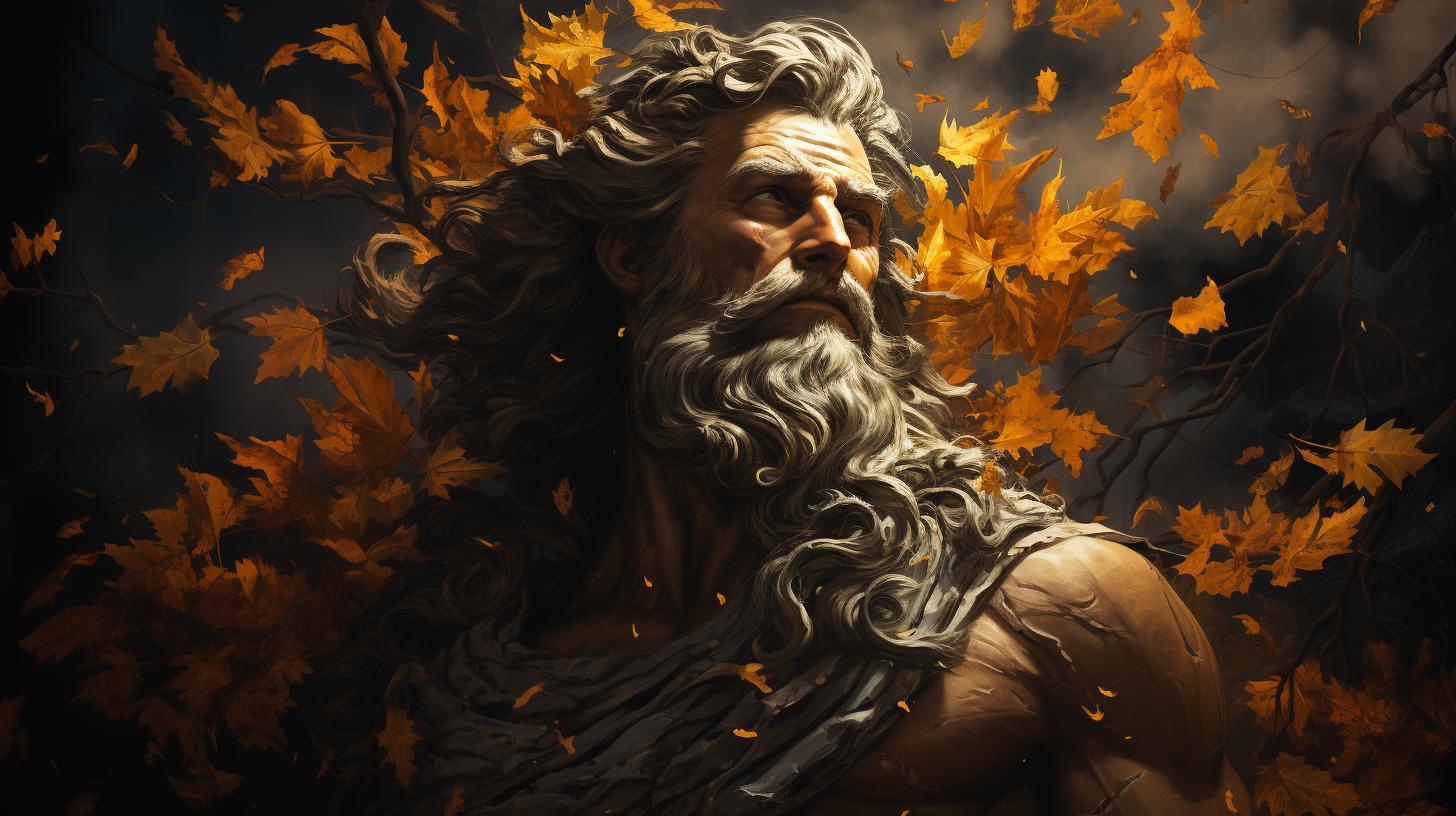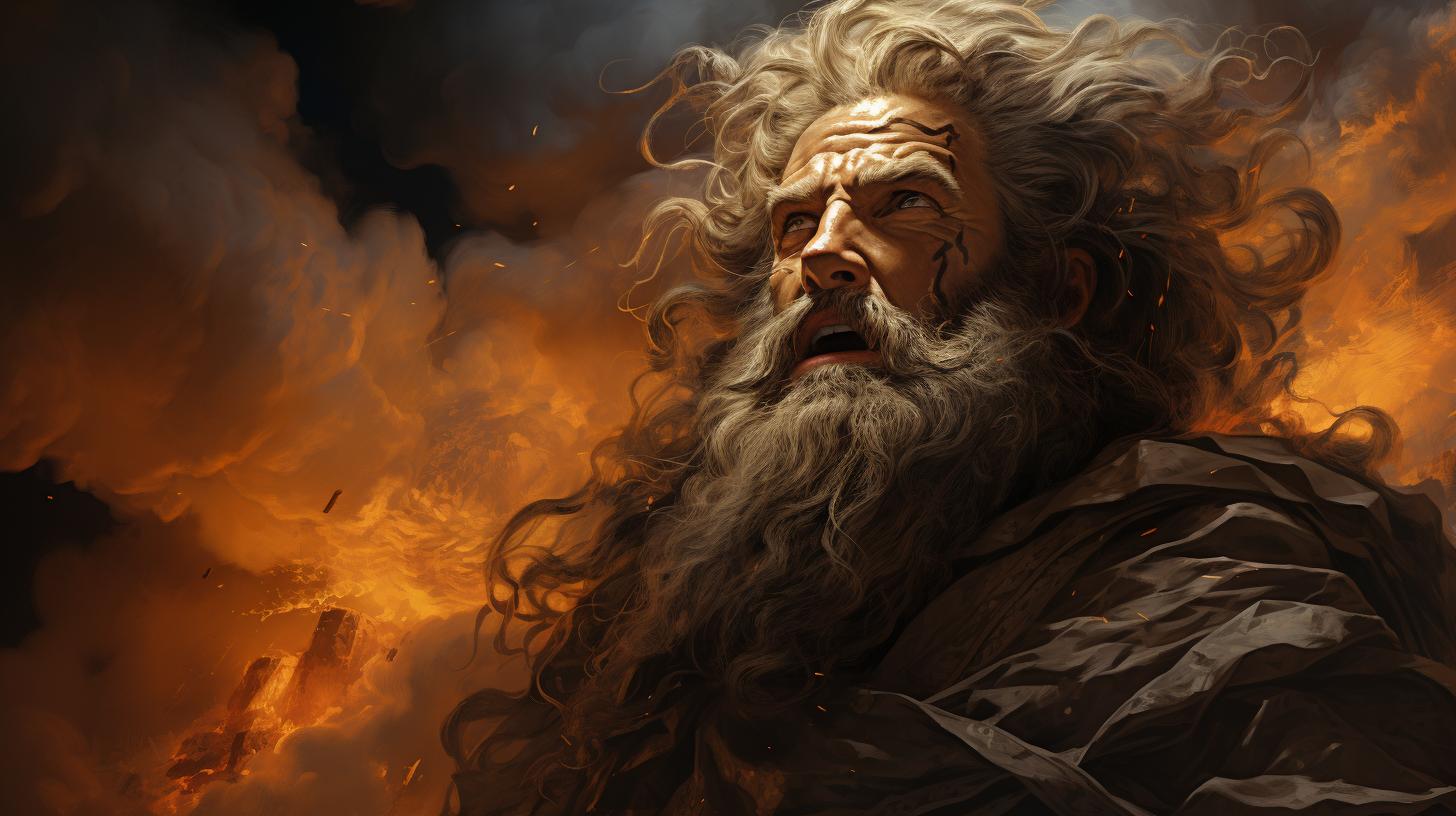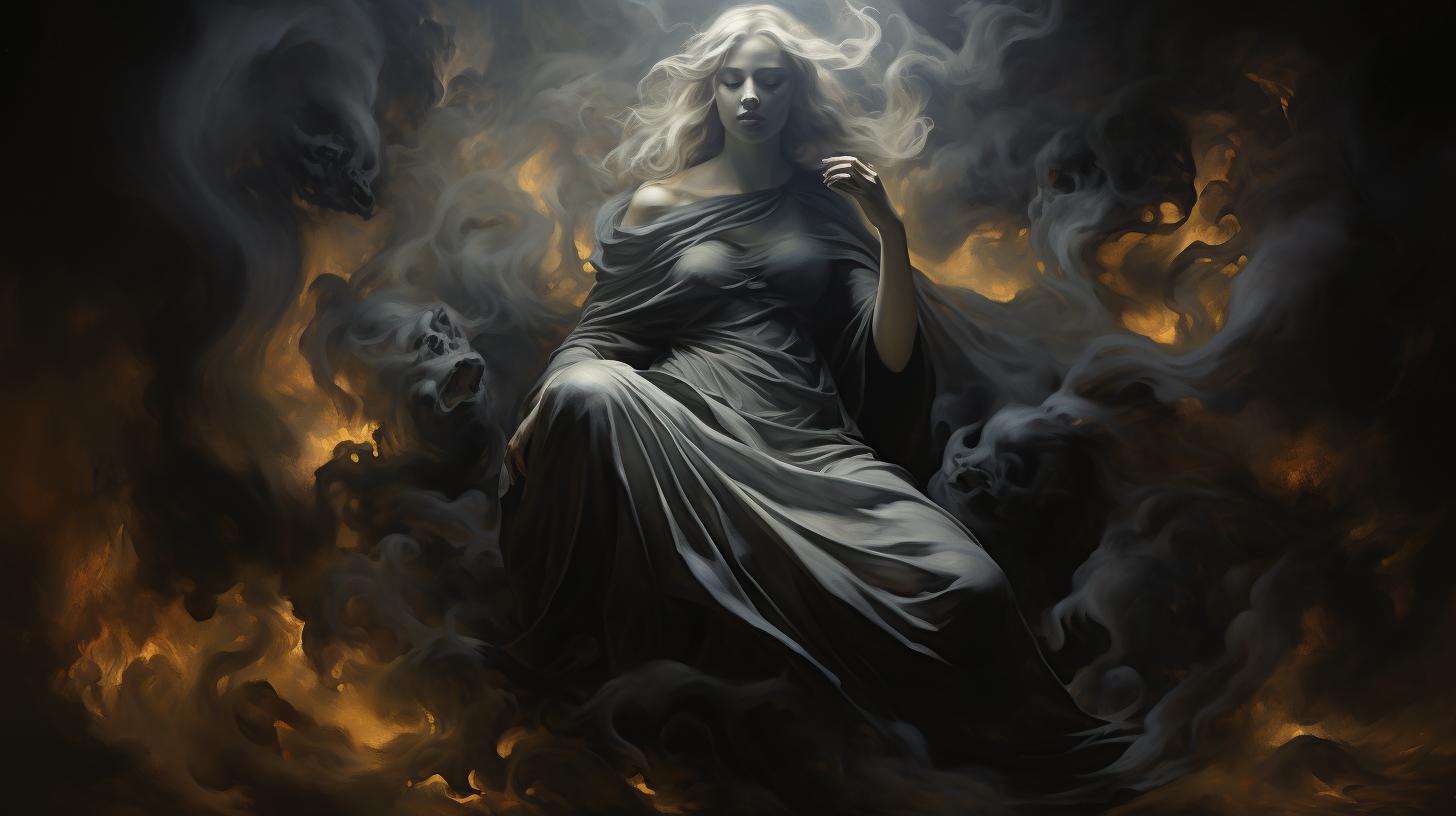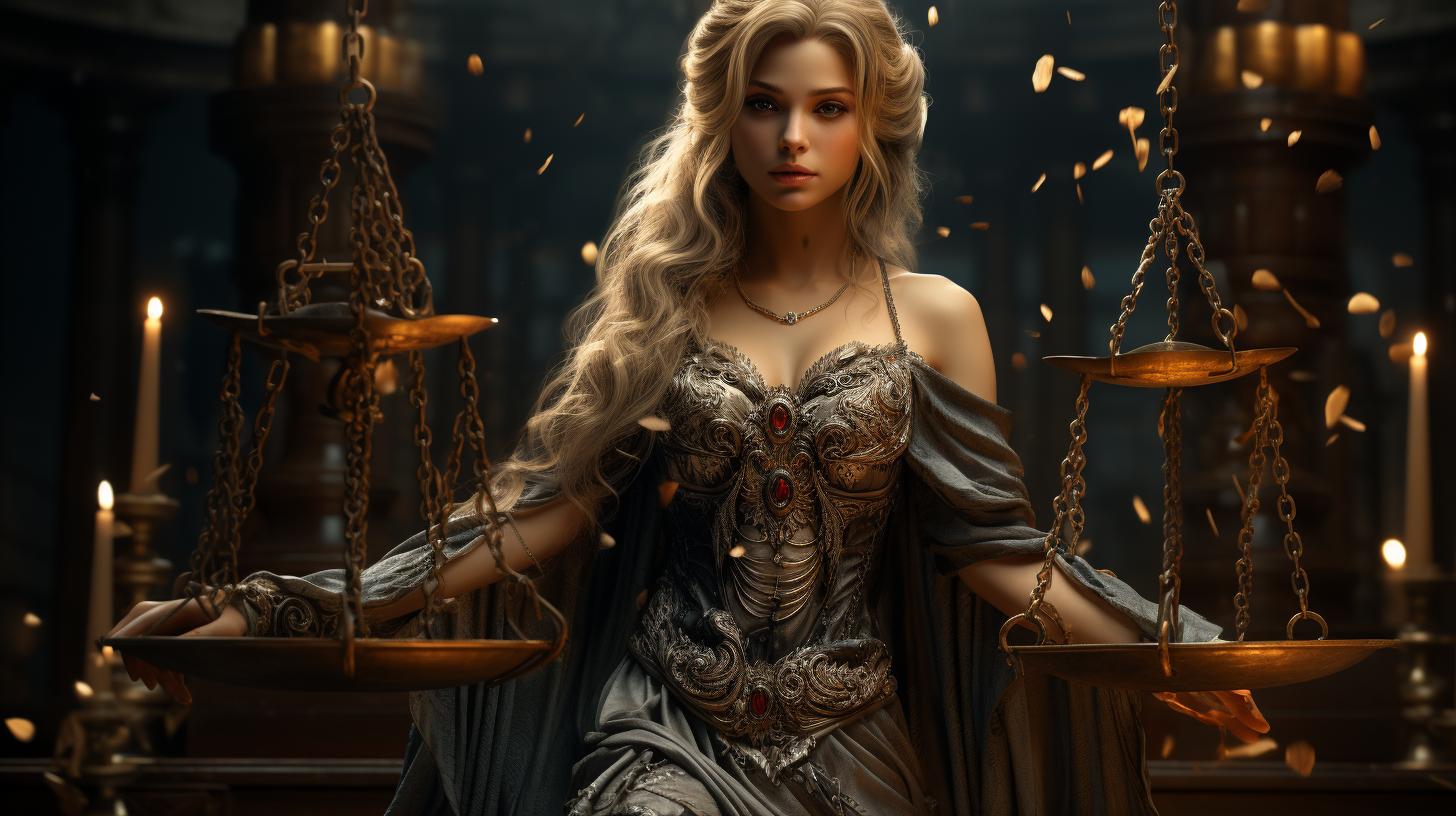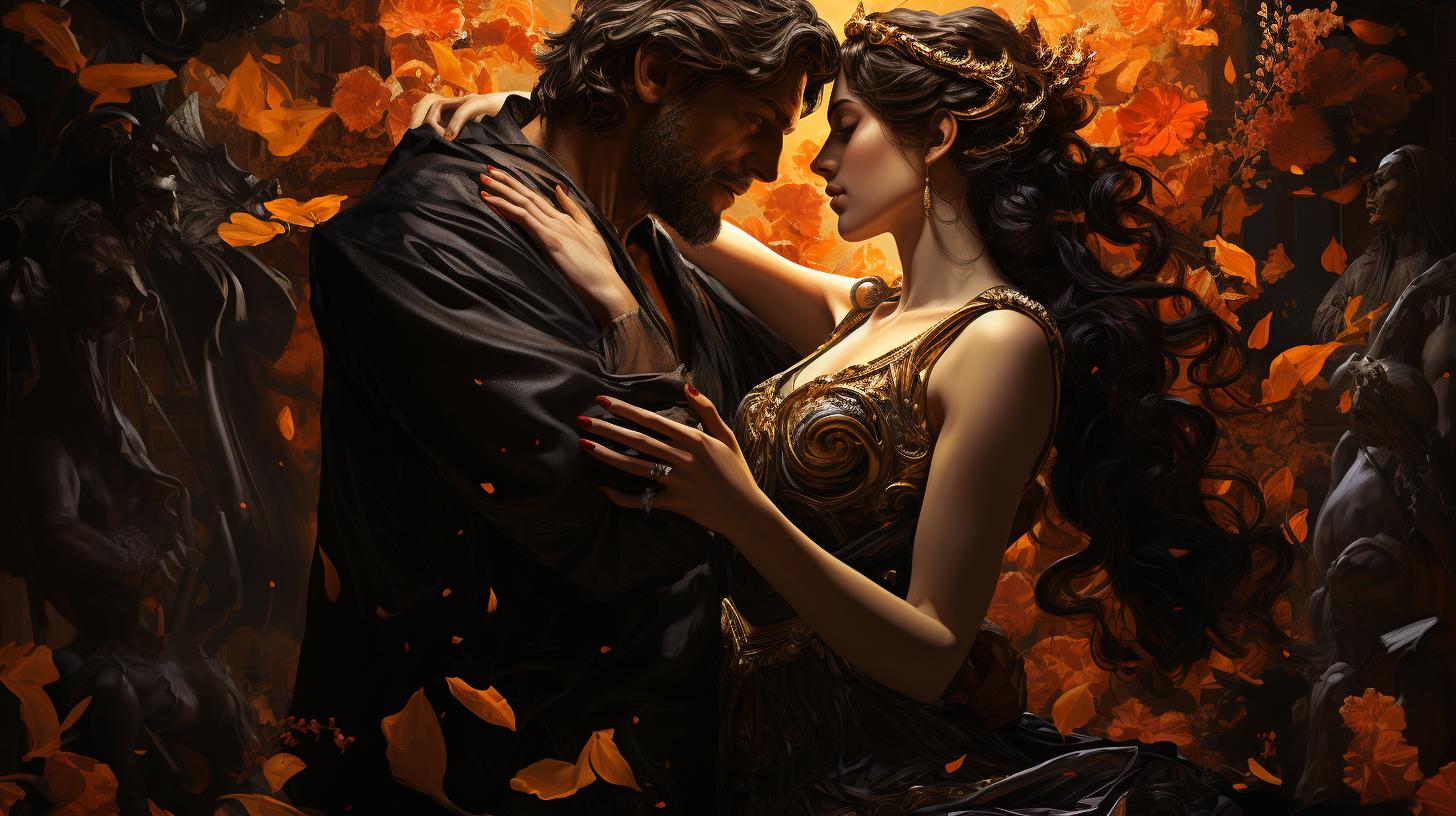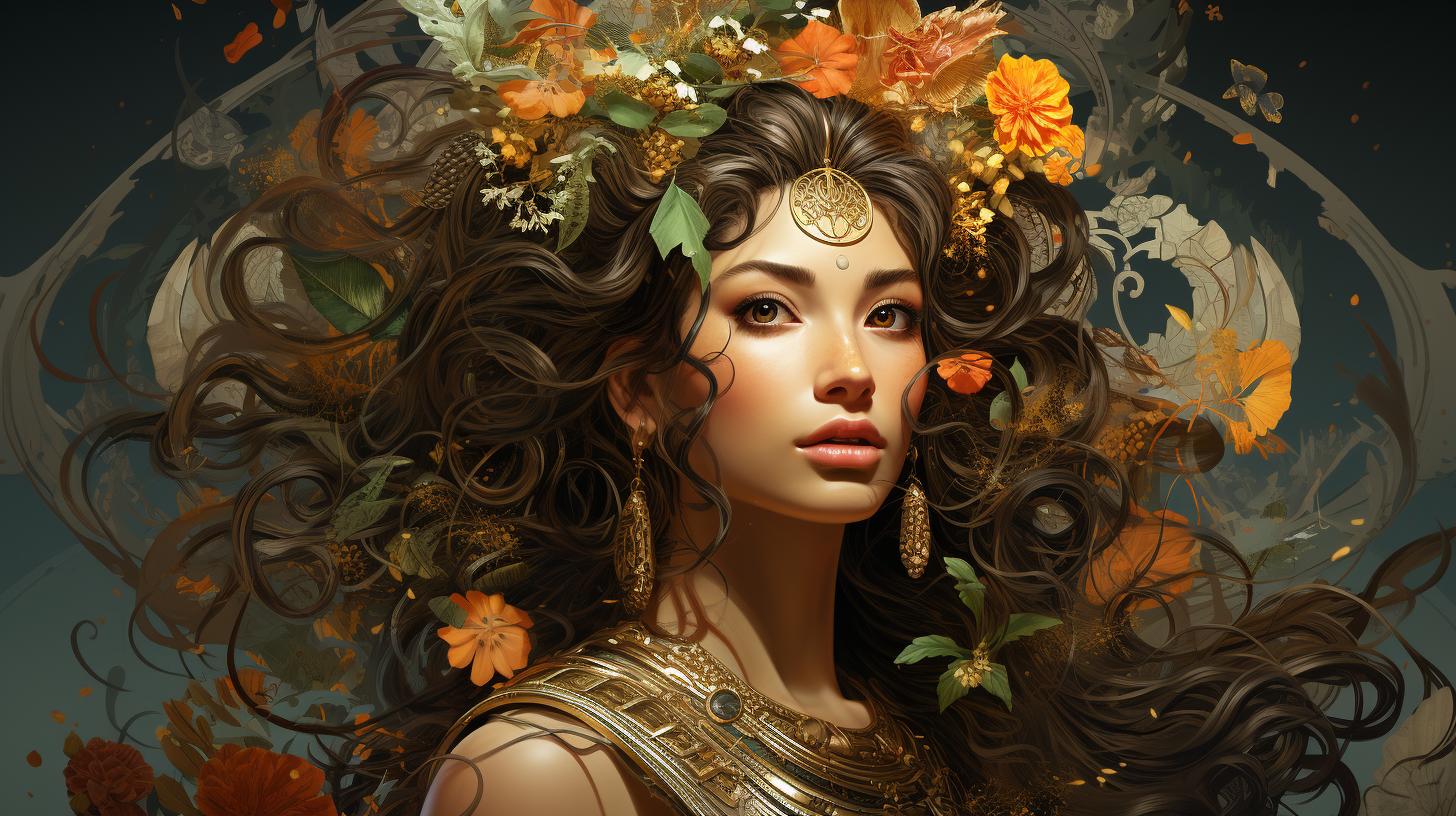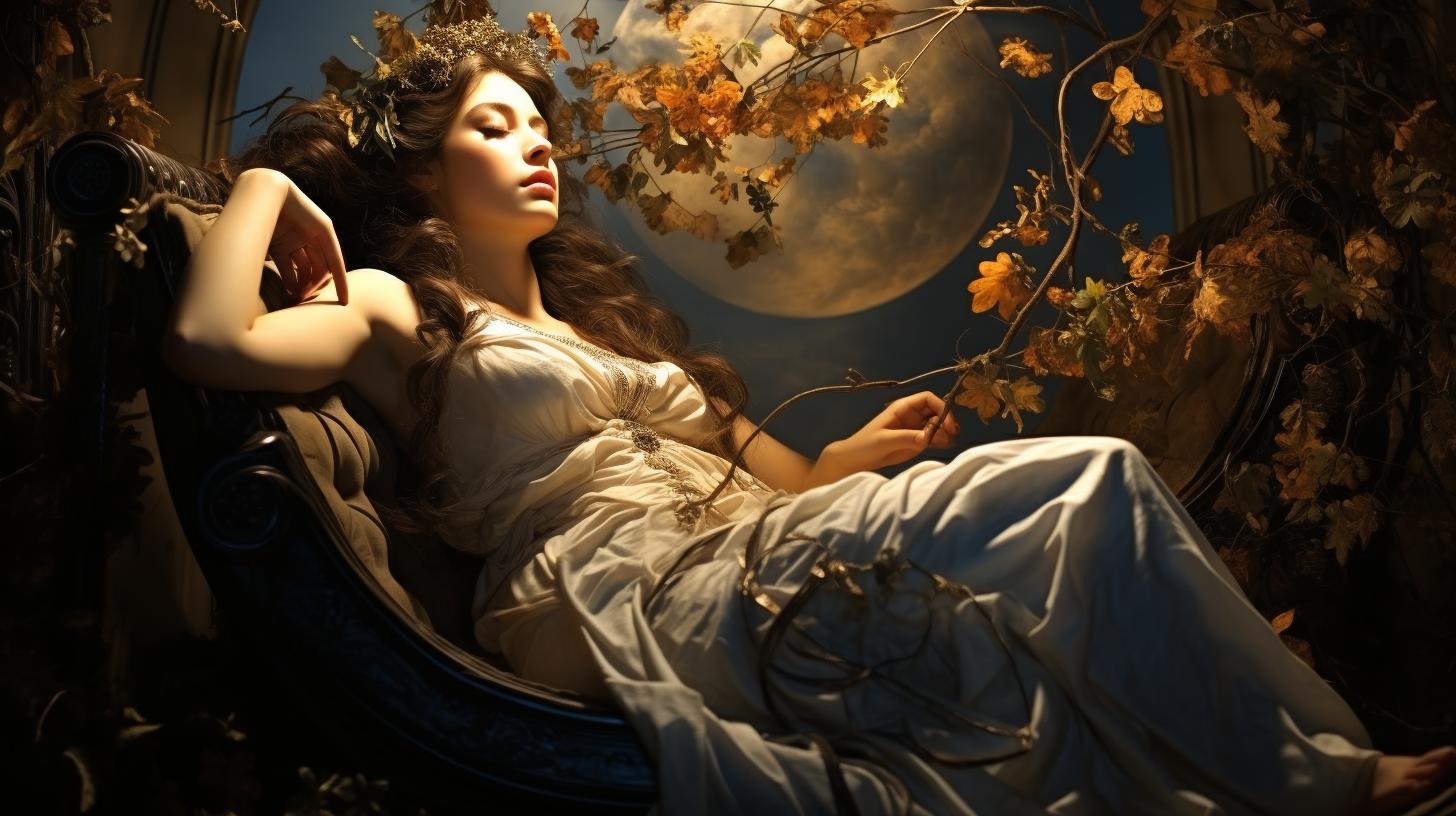Greek God Eurus of the East Wind: Unveiling the Mysteries of the Ancient Wind Deity from Greek Mythology
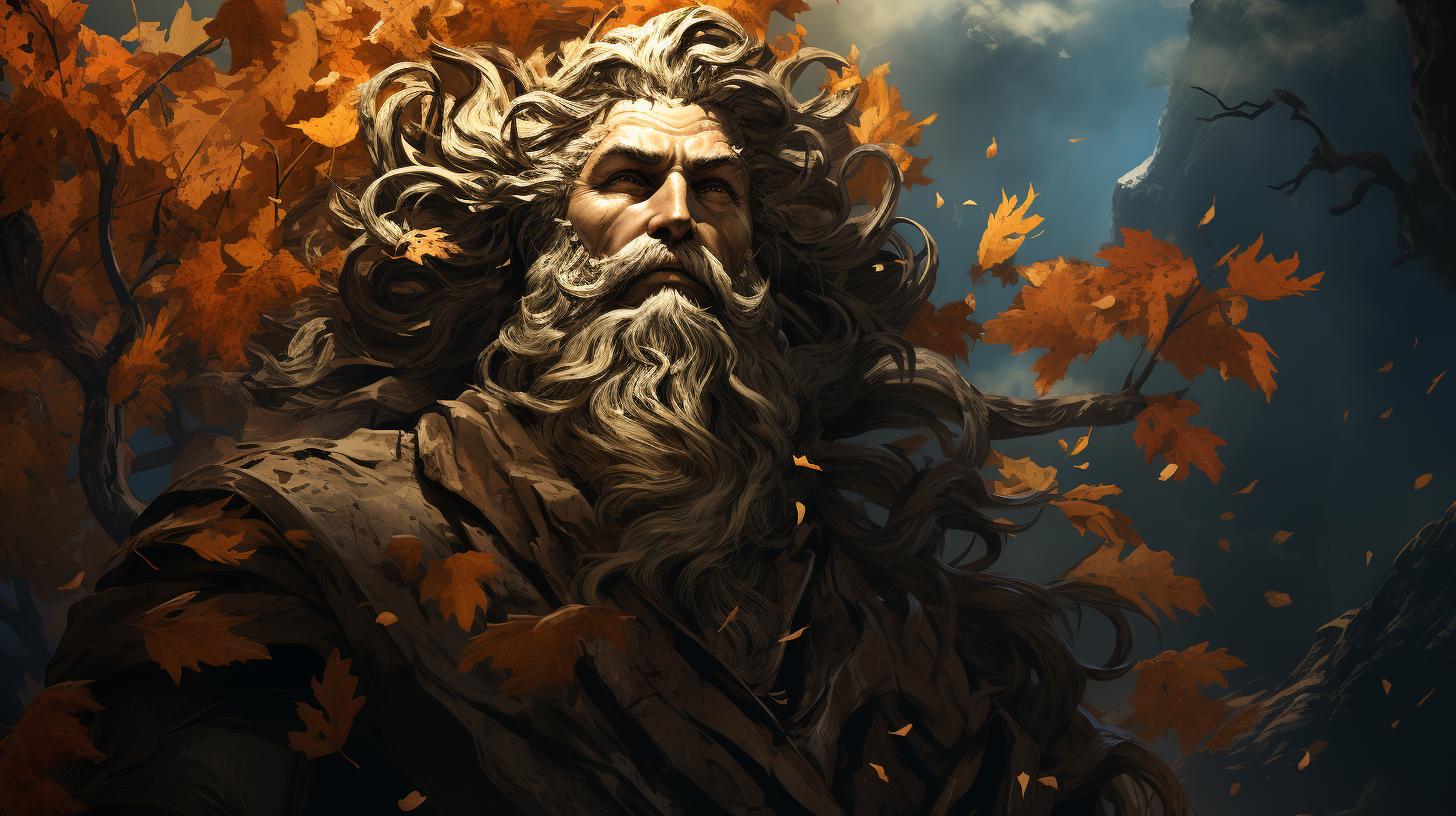
Greek god Eurus of the east wind, a deity from Greek mythology, is associated with autumn, rain, and warm climate. He is one of the Anemoi, the Greek wind gods, and is depicted carrying grains and a sickle.
Eurus is known for his role in the Odyssey, where he is a subordinate god of storms under Eolo. He also serves as a mercenary hunter for Apollo, executing tasks like the killing of Orion.
This article explores Eurus’ mythology, symbolism, and various stories surrounding his character, shedding light on the enigmatic deity.
Etymology of Eurus: Origins and Meaning
The name “Eurus” finds its origins in Greek mythology and holds significant meaning in relation to the east wind. Derived from the Greek word “Eurus,” which translates to “east” or “towards the east,” this designation characterizes Eurus as the divine embodiment of the wind blowing from the eastern direction.
The etymology of Eurus provides insight into the ancient Greeks’ perception of this particular wind deity. It signifies the fundamental role Eurus played in their understanding of the natural elements and their connection to the cardinal points.
The name Eurus reflects the importance placed on wind as a powerful force and its significant presence in daily life during ancient times.
The significance of Eurus’ name is further emphasized by its association with the wind’s direction, symbolizing the breaking of dawn and the transition from darkness to light. As the eastern wind, Eurus was considered a herald of the new day, carrying the promise of warmth, harvest, and the changing seasons.
The etymology of Eurus invites us to explore the profound cultural and mythological significance attributed to this deity, shedding light on the ancient Greeks’ understanding of the east wind and its influence on their lives.
Mythology of Eurus: Stories and Legends
The mythology surrounding Eurus, the Greek god of the east wind, is rich with captivating stories and legends. Let’s delve into the tales and explore the intriguing aspects of Eurus’ divine lineage, associations, and connections with other Greek gods and deities.
Eurus and his Anemoi Siblings
Eurus, one of the Anemoi, the Greek wind gods, is the son of Astreus and Eos, the goddess of dawn. He shares a sacred bond with his siblings, Boreas, Zephyrus, and Notus, who represent the winds of the north, west, and south, respectively.
Amongst his other siblings are Kaikias, Apeliotes, Lips, and Skeiron.
Eurus’ Association with Autumn, Rain, and Warm Climate
Eurus is closely associated with the autumn season, rain, and warm climate. His domain encompasses the changing winds and atmospheric conditions that usher in the harvest and bring life to the natural world.
As the east wind blows, it carries the promise of abundant crops and a bountiful harvest.
Eurus in Relation to Other Greek Gods and Deities
Eurus holds unique connections and interactions with various Greek gods and deities. In the epic poem Odyssey, Eurus appears as a subordinate deity under Aeolus, the god of storms. Odysseus and his crew, while seeking their way back to Ithaca, encounter Eurus as part of their challenging journey.
Eurus also serves as a formidable mercenary hunter, carrying out missions assigned to him by Apollo, the master of archery and the sun. One notable instance is when Eurus was sent by Apollo to slay Orion, paving the way for reconciliation between Apollo and his sister Artemis, for whom Orion had become an adversary.
Eurus’ fascinating connections with other Greek gods and his involvement in the divine realm highlight his multifaceted nature and role in various mythological narratives.
Stay tuned for more insights into the symbolism, depiction, and epic encounters involving Eurus, as we explore further into the mythos of this enigmatic deity.
Depiction and Symbolism of Eurus
Eurus, the Greek god of the east wind, is often depicted in ancient art carrying a gavil of grains and a sickle, symbolizing his association with agriculture and harvest. Additionally, his symbol is water pouring from an overturned vessel, representing the gentle but transformative nature of the east wind.
Eurus’ Iconography: Grains, Sickle, and Water Symbol
In Greek art, Eurus is commonly portrayed with flowing robes, holding a bundle of grains in one hand and a sickle in the other. The grains highlight his connection to the bountiful harvest of autumn, while the sickle represents his role as a caretaker of nature’s cycles.
Furthermore, the symbol of water cascading from an inverted container signifies Eurus’ ability to bring rejuvenation and life-giving rains with his gentle breezes.
Eurus’ Residence and Connection to Helios, the Sun God
Eurus is known to reside near the dwelling of Helios, the mighty Greek god of the sun.
Their close proximity is symbolic of the east wind’s role in heralding the rising sun and bringing warmth to the world. As the morning breeze, Eurus collaborates with Helios to bring forth the dawning of each day, symbolizing the cyclical and interconnected nature of natural phenomena.
Eurus’ association with Helios further emphasizes his connection to the changing seasons. As the east wind, Eurus ushers in the autumnal period, characterized by the harvest season and the transition from hot summer to cooler temperatures.
Eurus’ gentle yet noticeable presence in this transition underscores his significance in maintaining the balance and harmony of the natural world.
- Eurus’ iconography showcases his relationship with nature and the agricultural cycle.
- The grains and sickle represent the autumnal harvest and Eurus’ role as a caretaker.
- The water symbolizes the life-giving and transformative power of the east wind.
- Eurus’ residence near Helios denotes their collaboration in heralding the dawn and bringing warmth to the world.
Understanding Eurus’ depiction and symbolism allows us to grasp the profound significance of this Greek deity in the mythological tapestry of ancient Greece.
Eurus in the Greek Epic Tradition
In the rich tapestry of Greek mythology, Eurus, the god of the east wind, leaves an indelible mark in the epic tales passed down through generations. His presence and influence can be felt in various myths and legends, showcasing his significance in Greek epic tradition.
Eurus in the Odyssey: Journey to Aeolia
One notable appearance of Eurus is in Homer’s Odyssey. During the long journey of Odysseus, the hero and his crew arrive at the island of Aeolia. It is here that they encounter Eurus under the service of Eolo, the god of storms.
Eolo presents Odysseus with a bag containing all the winds, including Eurus, as a generous gift to aid their return to Ithaca.
However, the fateful actions of Odysseus’ curious crew lead to disastrous consequences.
Curiosity overcomes them, and they open the bag, unleashing a tempest that whisks the ship back to Aeolia. This unfortunate turn of events demonstrates Eurus’ immense power and serves as a cautionary tale against tampering with the winds controlled by the gods.
Eurus’ Adventures and Interactions with Other Mythological Characters
Beyond his role in the Odyssey, Eurus’s presence can be found in various other stories involving mythological figures. He was often dispatched by Apollo, the god of music and prophecy, to fulfill his tasks as a mercenary hunter.
One such instance is the story of Eurus being sent by Apollo to kill Orion, a legendary hunter. Eurus succeeds in this task, which not only showcases his prowess as a skilled hunter but also mends the strained relationship between Apollo and his sister Artemis, who was particularly fond of Orion.
Eurus’ adventures intertwine with the lives of numerous other mythological characters, adding depth to the interconnectedness of the Greek pantheon. His appearances highlight his versatility and willingness to serve both mortals and gods alike.
Some of Eurus’ notable interactions include:
- Assisting Apollo in his tasks as a mercenary hunter
- Playing a pivotal role in reconciling Apollo and Artemis
- Contributing to the challenges faced by Odysseus on his arduous journey
These interactions emphasize Eurus’ significant impact on the lives and adventures of various characters, further solidifying his place in Greek epic tradition.
Alternative Versions and Interpretations of Eurus’ Story
As a prominent figure in Greek mythology, Eurus has inspired various alternative versions and interpretations of his story. These alternative tales offer intriguing perspectives on the enigmatic deity and his unique attributes.
Two notable versions worth exploring are Eurus in the First City’s Prince Burial Myth and the mystery surrounding Eurus’ separation of soul and body.
Eurus in First City’s Prince Burial Myth
In this alternate narrative, Eurus plays a significant role in the ancient mythological story of the First City’s Prince Burial.
It is believed that four princes of the First City were laid to rest in the shadow of an apple tree within the Gardens of the Hesperides. According to this myth, Eurus, known as the youngest of the Anemoi siblings, had his soul separated from his body when Zeus caused the ark containing the princes to sink.
Unveiling the Mystery: Eurus’ Separation of Soul and Body
One of the most intriguing aspects of Eurus’ mythology is the phenomenon of his separation of soul and body. According to ancient texts, when Zeus submerged the ark in which Eurus and the princes of the First City were entombed, the god of the east wind experienced a unique division within himself.
This enigmatic separation has captivated scholars and researchers alike, raising questions about the metaphysical nature of Eurus and the implications of his divided existence.
These alternative versions and interpretations of Eurus’ story offer glimpses into the complex nature of the east wind deity, expanding our understanding of his mythology beyond the traditional narratives.
Exploring these diverse perspectives shed light on the rich tapestry of Greek mythology and the evolving interpretations of its divine figures.
FAQ: Most Common Questions about Eurus and the East Wind
What are the other winds associated with Eurus?
Eurus is one of the four Anemoi, the Greek wind gods.
The other wind gods associated with Eurus are Boreas of the north wind, Zephyrus of the west wind, and Notus of the south wind. Together, they represent the cardinal directions and different aspects of winds in Greek mythology.
How is Eurus depicted in ancient Greek art?
In ancient Greek art, Eurus is often depicted carrying a sheaf of grains and a sickle, symbolizing his association with harvest and autumn. His iconic portrayal includes images of water pouring out of an upturned vessel, representing the rainy aspect of the east wind.
These depictions highlight his vital role in the climatic changes during the autumn season.
What are some famous stories involving Eurus?
One notable story involving Eurus is his role in the Odyssey. When Odysseus and his crew arrive at the island of Aeolia, they are granted a bag containing the winds by Aeolus. Unfortunately, the crew’s curiosity leads them to open the bag, releasing Eurus and his siblings, causing their ship to be blown back to Aeolia.
This event serves as an important episode in Odysseus’ journey.
Another famous story involving Eurus is his task as a mercenary hunter for Apollo. For instance, Apollo sends Eurus to kill Orion, the renowned hunter.
Eurus successfully completes the mission, which helps restore the strained relationship between Apollo and his sister, Artemis.
Where can I find more information on Eurus in Greek mythology?
If you want to explore more about Eurus and his role in Greek mythology, you can refer to authoritative texts and sources such as “The Odyssey” by Homer, “Theogony” by Hesiod, and “The Library of Greek Mythology” by Apollodorus.
These ancient literary works provide detailed accounts of Eurus, his mythology, and his interactions with other gods and heroes.
.

